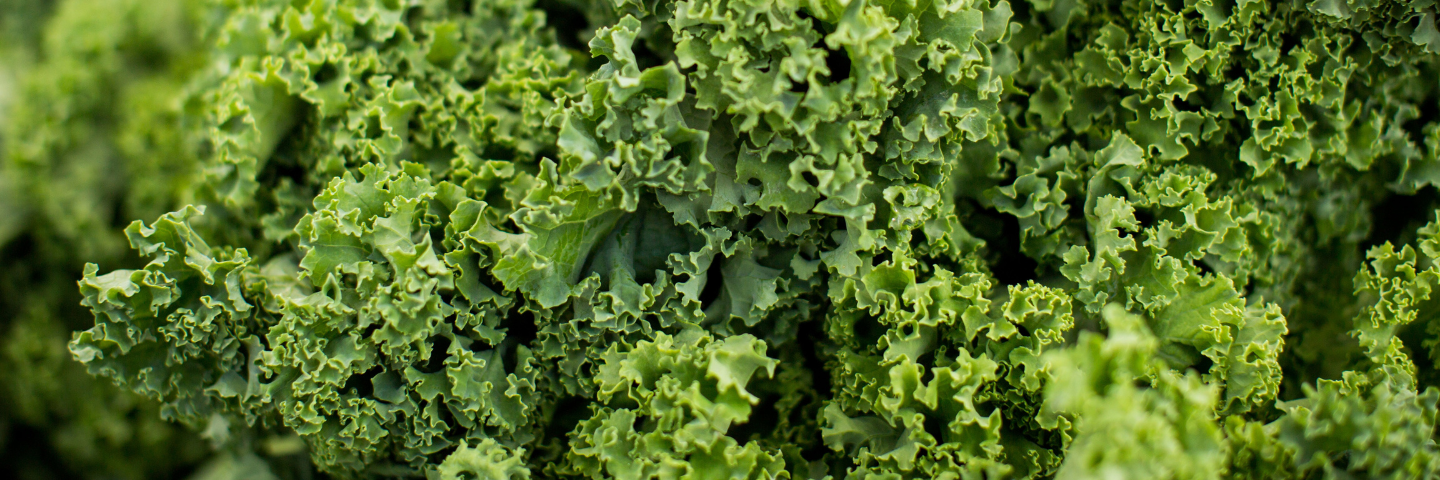Kale has been the ‘it’ vegetable for a while now. It’s a nutrition powerhouse and can easily make its way into a variety of recipes – smoothies, salads, soups, sauces, and even chips.
Kale is a dark-green leafy vgetable, and together with other greens like spinach, arugula, and collard greens, I try to eat at least one cup every day. (More on the reason why green leafy veggies make their way into my daily meals in a moment …)
What is Kale?
Kale is a cruciferous vegetable, and there are many types to choose from including curly kale, lacinato (also known as dinosaur or Tuscan) kale, and red Russian. Some varieties are fibrous and quite tough to chew, while others are more tender.
Personally, I prefer the convenience of baby kale or a mix of baby kale and baby spinach, which is readily available in the produce section of most supermarkets. (Look for them in plastic clamshells or plastic bags.)
Kale Nutritional Content
Kale is one of the most nutrient dense foods in the produce aisle. One loosely packed cup provides about 10 calories and a multitude of nutrients:
- Vitamin K: 80.3mcg – 67% of the Daily Value (DV)
- Vitamin C: 19.2mg – 21% of the DV
- Manganese: 0.19mg – 8% of the DV
- Vitamin A: 49.6mcg – 6% of the DV
- Calcium: 52mg – 4% of the DV
- Folate: 12.8mcg – 3% of the DV
- Iron: .33mg – 2% of the DV
- Vitamin B6: 0.03mg – 2% of the DV
- Potassium: 71.7mg – 1.5% of the DV
- Copper: 0.011mg – 1% of the DV
- Fiber: about 1g
Thanks to its nutrient profile and antioxidant content, kale also has many health benefits. Along with other dark leafy greens, kale is good for brain health. In fact, it’s the number-one food on the MIND Diet, an acronym for Mediterranean Dash Intervention for Neurodegenerative Delay. There are a total of 10 foods on the MIND Diet, and research shows that following the diet (which calls for at least one cup of dark green leafy veggies every day) can reduce a person’s risk of developing Alzheimer’s and other forms of dementia. I have a family history of dementia. My dad passed away recently after a long battle with Lewy Body Dementia, so I am doing everything I can to keep my brain healthy and strong, including adherence to the MIND style of eating.
7 ways I add fresh (and frozen!) kale to my diet:
I try to eat at least one cup of dark green leafy veggies, including kale, every day. There is no shortage of kale recipes online. I have a bunch on my website, and lucky for me, my fellow PBH Have a Plant® Ambassadors offer recipes as well.
Below are 7 kale recipes I curated for my kitchen … and yours!
Kale and Pine Nut Pesto from Liz’s Healthy Table
Egg & Kale Dinner Muffins from Liz’s Healthy Table
Air Fryer Kale Chips from Chef Abbie Gellman
Fridge Forester Frittata from Compston Kitchen
Potato Leek Soup from Kelly Jones Nutrition
Massaged Kale Salad with Sesame Lime Dressing from Street Smart Nutrition
Garden Green Smoothie from Liz’s Healthy Table
What’s your favorite kale recipe? Are you a fan or do you prefer other dark leafy greens?



